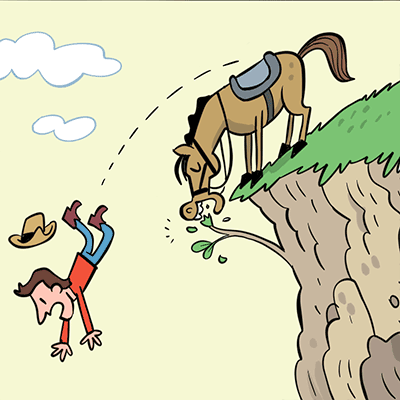What is Cause and Effect?
Cause and effect describes the relationship between events and how one action leads to another. Children already experience this in daily life—if they forget a raincoat, they get wet. In reading, recognizing these patterns helps them understand how stories progress and ideas connect.
Why Teach It?
Teaching causality builds critical thinking and problem-solving skills. It strengthens reading comprehension, supports writing, and helps students grasp personal responsibility—understanding that actions have consequences.
Logic and Reason
Repeatedly studying causes and outcomes helps students predict results and see patterns. For example, if you kick a ball, it rolls. Through practice, children begin to recognize these predictable outcomes and apply them in new contexts.
Language and Reading
Comprehension goes beyond decoding words; it’s about following the chain of events. For instance, “The apple fell from the tree and bonked Isaac on the head.” The fall is the cause, and the bump is the effect. Linking these moments supports deeper understanding in reading and writing.
This also reinforces vocabulary growth, as words like “because,” “if,” and “then” are central to explaining actions and consequences. Pairing this work with vocabulary study strengthens overall literacy.
Building Responsibility
Students can also see themselves as part of the chain of events. For example, “The candles went out because Jesse blew on them.” These realizations connect literacy to real life and support skills like accountability and decision-making.
Classroom Activities
- Read Alouds: Choose stories like “The Boy Who Cried Wolf” or “Chicken Little” that clearly show actions and consequences. Pause to ask students what happened and why.
- Real-Life Examples: Have students describe events from home or school. “Ryan threw the ball onto the roof. Now we have no ball to play with.”
- Cause and Effect Game: Use the interactive cause and effect game for practice. Students identify the action that led to each outcome, reinforcing logic and comprehension.
- Chain Reactions: Begin with a simple cause and brainstorm possible effects. Extend it further into a sequence of connected events to show how stories unfold.
- Story Writing: Encourage children to write their own stories, identifying what the characters do and what results follow. This naturally incorporates causality into emergent writing.
- Science Experiments: Demonstrate simple experiments like mixing vinegar and baking soda. Discuss the reaction as a real-world cause leading to an effect.

